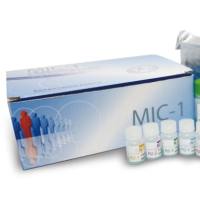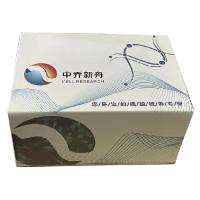Diagnosis of Chromosomal Aneuploidies Using Quantitative Fluorescent PCR
互联网
501
The incidence of chromosomal abnormalities in liveborn infants has been established to be about 1 in 170 newborns (1 ). The most frequent chromosomal anomalies are aneuploidies involving chromosomes 21,18,13, and both sex chromosomes. Prenatal diagnosis of chromosomal disorders is performed by conventional cytogenetic analysis of fetal cells collected by amniocentesis, chorionic villus sampling, or fetal blood sampling. Cytogenetic techniques allow detection of chromosome aneuploidies with great accuracy. The major disadvantage of these procedures is that fetal cells must be cultured for up to two weeks before analysis. This interval of time places a significant emotional and/or clinical burden on the parents and the physician. Moreover, if the fetus is abnormal and there is a potential need for therapeutic measures, a rapid answer is of great importance. Attempts to perform rapid prenatal diagnostic tests by fluorescent in situ hybridization (FISH) on interphase nuclei of amniocytes are still hampered by technical difficulties 2 ), Consequently, this approach has not yet entered into the realm of routine diagnostic procedures.









